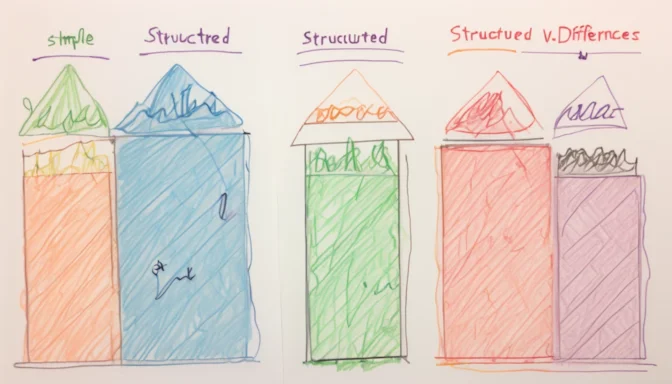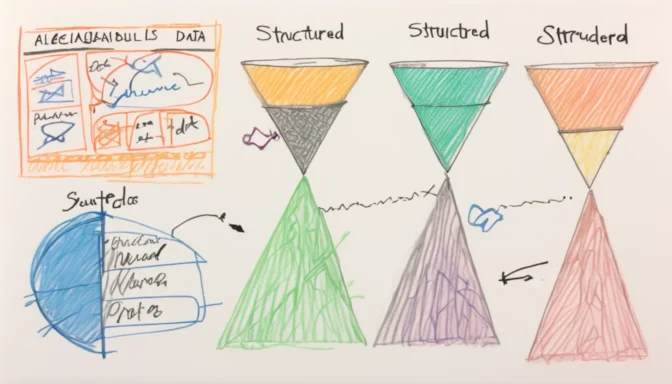What is Structured Data?

Structured data is neatly organized and can be easily understood by machine language. It aligns well with fixed fields and columns in relational databases and spreadsheets. For instance, names, dates, and credit card numbers.
Differences Between Structured and Unstructured Data

Structured data has a predetermined schema and undergoes processing before storage, known as 'schema-on-write'. Conversely, unstructured data is stored as-is and processed when utilized, termed as 'schema-on-read'.
Examples of Structured and Unstructured Data

Applications of structured data include CRM systems, product databases, and contact lists. Unstructured data consists of social media posts, videos, and audio files.
Is Excel Structured or Unstructured?

Excel files exemplify structured data. Data in Excel is categorized into columns, which denote particular data types that can be analyzed.
Is CSV Structured or Unstructured?

CSV files are semi-structured as they include hierarchical tables but lack the strict organization inherent in fully structured data.
Common Types of Structured Data

The most prevalent form of structured data is relational databases, where data resides in defined fields. SQL can easily query this data.
Is JSON Structured or Unstructured?

JSON is semi-structured. It features elements of organization but doesn't fulfill the rigorous structural prerequisites of fully structured data.
Types of Structured Data

Structured data formats like relational databases, XML, and JSON have predefined schemas. These make the data easier to analyze.
Is Email Structured or Unstructured?

Emails fall under the semi-structured category, having folders for organization but leaving the body text as unstructured.
Is a Phone Number Structured or Unstructured?

Phone numbers are structured data. They follow specific formats and are easily sortable or queryable, similar to other structured data like names and addresses.
 E-Commerceo
E-Commerceo
